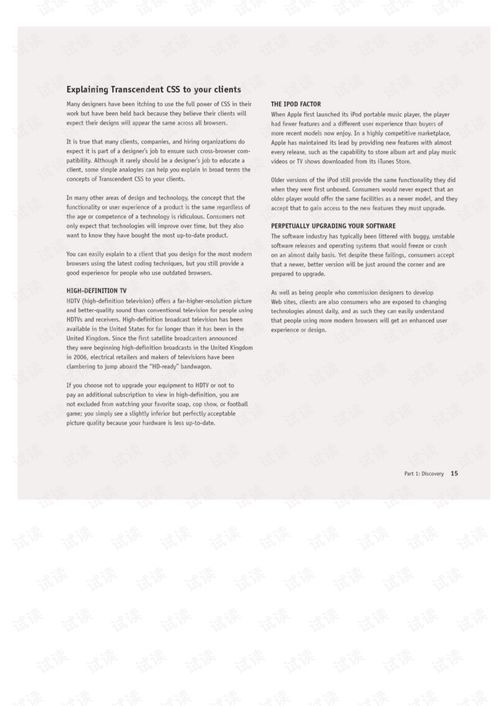Introduction: Fishing in reservoirs can be an incredibly rewarding experience, offering anglers the chance to target a variety of fish species. Among the most sought-after catches are the silver and bighead carp, known for their size and fighting spirit. This article delves into the art of水库钓鱼技巧鲢鳙怎么钓, providing valuable insights and techniques to help you master the craft of catching these majestic fish.
I. Understanding the Behavior of Silver and Bighead Carp Before diving into the specifics of fishing techniques, it's essential to understand the behavior of silver and bighead carp. These fish are known for their preference for cooler waters and are often found in deeper parts of the reservoir. They are filter feeders, using their bony plates to sift through the water for food. Knowing their habits can significantly improve your chances of success.
II. Choosing the Right Equipment
Rod and Reel: For targeting silver and bighead carp, a medium-heavy to heavy-duty rod with a fast action is ideal. The rod should be long enough to handle the weight of the fish and provide the necessary leverage for a successful hookset.

Line and Leader: Use a monofilament line with a breaking strength of 10-15 pounds. A fluorocarbon leader of 6-8 feet with a similar strength is recommended to reduce visibility in the water.
Hooks: Bighead and silver carp have strong jaws, so use large hooks, such as size 4-6, with a wide gap to ensure a secure bite.
Bait and Lures: Natural baits like corn, soybeans, or wheat are favorites among these fish. Artificial lures can also be effective, especially during times when natural baits are less appealing.
III. Selecting the Right Spot
Depth: Silver and bighead carp are often found in deeper waters, so target areas where the depth is between 15 to 30 feet.
Structure: Look for areas with structure, such as submerged trees, rocks, or brush piles, as these can provide cover and attract fish.
Current: Strong currents can be favorable for these fish, as they can help in filtering food. However, ensure that the current is not too strong, as it may spook the fish.
IV. Presenting the Bait
Natural Baits: When using natural baits, it's crucial to present them in a way that mimics the natural feeding behavior of the fish. Cast your bait to the desired location and allow it to sink to the desired depth. Then, gently twitch the rod tip to simulate the movement of the bait in the water.
Artificial Lures: For artificial lures, use a slow and steady retrieve, allowing the lure to sink and rise naturally. Bighead and silver carp are often bottom feeders, so let the lure hover near the bottom for the best results.
V. Techniques for Catching Silver and Bighead Carp
Still Fishing: This technique involves casting your bait or lure to a specific spot and waiting for a bite. It's best suited for calm conditions and requires patience.
Drifting: Drifting involves casting your bait or lure into the current and allowing it to drift with the water flow. This technique can be effective in areas with strong currents.
Trolling: Trolling is another effective method, where you slowly move your boat while retrieving your line. This technique can cover a larger area and is often used to locate fish in deeper waters.
VI. Tips for Success
Timing: Silver and bighead carp are most active during early morning or late evening. These are the best times to fish for these species.
Weather Conditions: Fishing on overcast days or during rain showers can be more productive, as these conditions tend to reduce visibility and make the fish less cautious.
Patience: These fish can be elusive and may take some time to locate. Patience is key, and it's important to stay focused and patient throughout the day.
Conclusion: Mastering the art of fishing for silver and bighead carp in reservoirs requires a combination of knowledge, skill, and patience. By understanding their behavior, selecting the right equipment, choosing the best spots, and employing effective techniques, you can increase your chances of success. Remember to always practice ethical fishing and respect the environment and the fish you're targeting. With practice and experience, you'll soon become a seasoned angler capable of reeling in these magnificent creatures.












